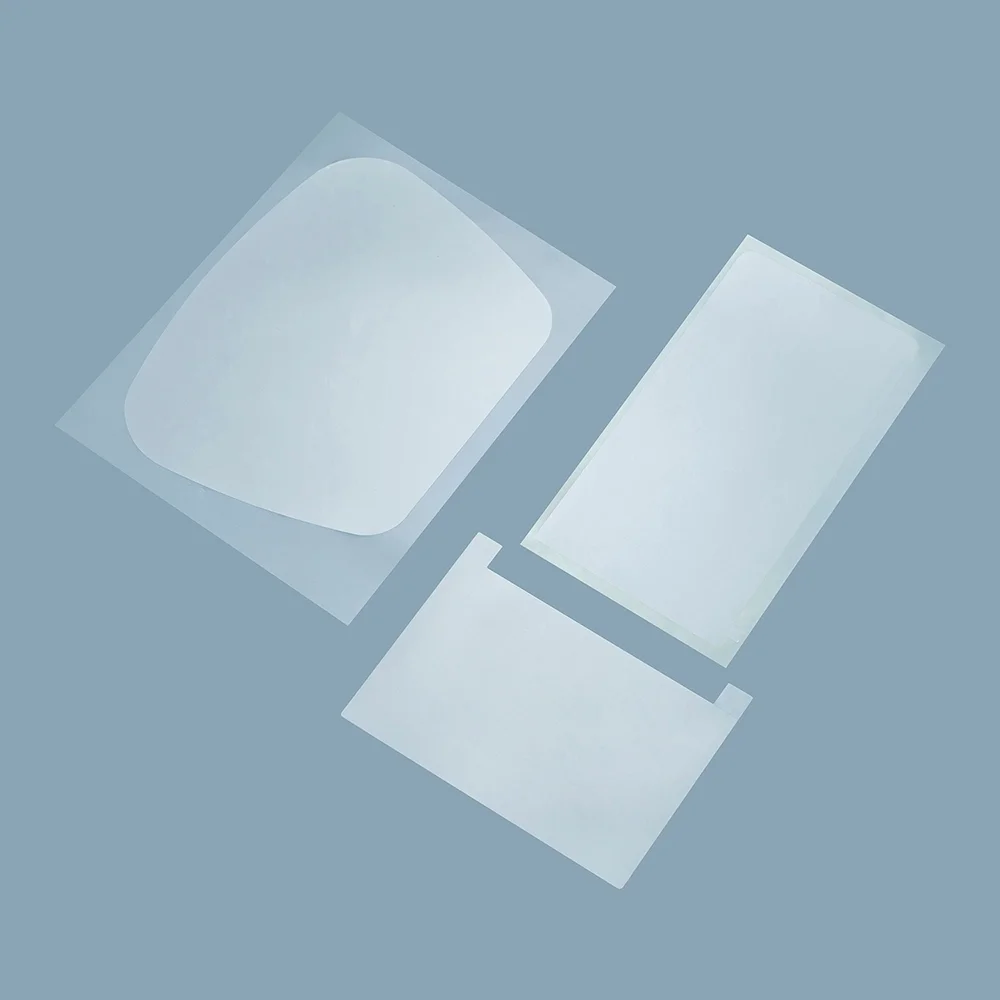Compact robotic systems demand high-speed, high-torque electric motors that can deliver exceptional performance while maintaining reliability. However, these motors often encounter failures that limit efficiency, increase maintenance costs, and compromise operational stability. Shenzhen Richbetter Technology Co., Ltd. has developed advanced solutions to address these challenges, leveraging cutting-edge research, precision engineering, and strategic international partnerships to enhance motor performance and durability in demanding robotic applications.
Common Failure Mechanisms in High-Speed, High-Torque Motors
High-speed high-torque motors in compact robotic systems face a variety of stresses that can cause premature failure:
1. Thermal Overload and Insufficient Heat Dissipation
Compact robotic systems often limit space for motor installation, restricting airflow and heat dissipation. High-speed operation generates significant thermal energy, which, if not properly managed, leads to insulation degradation, winding damage, and reduced lifespan.
2. Mechanical Stress and Vibration
High-torque motors introduce strong rotational forces, which can cause mechanical stress on bearings, rotor assemblies, and coupling components. In compact systems, resonance vibrations and insufficient structural rigidity amplify wear and tear.
3. Electromagnetic Interference (EMI)
Compact robotic environments frequently host multiple electronic components, sensors, and controllers. EMI can induce current fluctuations and signal interference, disrupting motor control and causing performance degradation.
4. Inadequate Lubrication and Bearing Failures
High rotational speeds increase the friction and wear on bearings. Inadequate lubrication, misalignment, or contamination can accelerate mechanical failure, leading to downtime and maintenance challenges.
5. Overcurrent and Load Spikes
Rapid changes in robotic motion create high torque demand and load spikes, which may exceed motor design limits. Overcurrent conditions can damage windings, brushes, and driver circuits.
Richbetter’s Approach to Enhanced Reliability
Richbetter addresses these challenges through innovative design, precision manufacturing, and modular motor solutions tailored for compact robotics:
1. Thermal Management and High-Efficiency Materials
Richbetter motors utilize high-performance magnetic materials, low-loss laminations, and advanced insulation techniques. Combined with optimized airflow pathways and thermal simulation during design, this ensures effective heat dissipation even under continuous high-speed operation.
2. Precision Mechanical Engineering
Bearings, rotor assemblies, and couplings are engineered with tight tolerances and high-strength alloys. Dynamic balancing and vibration analysis are applied to minimize mechanical stress and extend motor life in compact installations.
3. EMI-Resistant Design
Motors and drivers incorporate shielding, filtering, and signal isolation to mitigate electromagnetic interference. This ensures stable torque output and smooth control, even in complex robotic systems with dense electronics.
4. Advanced Lubrication and Bearing Solutions
Richbetter employs pre-lubricated, high-speed compatible bearings with optimized internal clearances. For extreme-duty applications, customized lubrication strategies reduce friction and extend operational cycles.
5. Intelligent Driver Integration
Richbetter provides high-precision motor drivers capable of real-time monitoring and protection. Features include overcurrent protection, thermal shutdown, and adaptive torque control to prevent load-induced failures.
Key Product Lines for Compact Robotic Applications
Richbetter offers a broad range of high-speed high-torque motors designed for compact robotics:
| Product | Type | Torque Range | Speed Range | Key Features |
|---|---|---|---|---|
| Inner Rotor Brushless Motor | BLDC | Low to High | Up to 30,000 RPM | Compact, high-efficiency, low thermal loss |
| Outer Rotor Brushless Motor | BLDC | Medium | Up to 20,000 RPM | High torque density, low vibration |
| High-Speed Hollow Cup Motor | Brushless | Medium | Up to 50,000 RPM | Lightweight, suitable for direct drive applications |
| Frameless Torque Motor | Direct Drive | High | Up to 15,000 RPM | High precision, integrated with encoder options |
| Axial Magnetic Field BLDC | BLDC | Medium-High | Up to 25,000 RPM | Low cogging torque, high responsiveness |
| Linear Motors | Iron Core / Non-Iron Core | Medium | Up to 10 m/s | Compact footprint, customizable stroke lengths |
These products are widely applied in 3C electronics, semiconductors, medical equipment, aerospace, and precision robotics, providing reliable performance where compact space and high torque demands intersect.
Optimizing Motor Performance in Compact Systems
To maximize reliability, Richbetter recommends:
-
Thermal Analysis and Placement Optimization
-
Simulate airflow and temperature rise in robotic enclosures
-
Position motors to minimize heat accumulation
Vibration Mitigation and Structural Reinforcement
-
Implement vibration-damping mounts
-
Use rigid couplings and supports for high-torque motors
Driver Tuning and Torque Management
-
Configure motor drivers to manage acceleration/deceleration profiles
-
Enable adaptive load compensation to prevent overcurrent events
Regular Maintenance and Monitoring
-
Use predictive analytics from driver data for bearing replacement
-
Schedule lubrication cycles aligned with duty cycles
FAQ: Ensuring Motor Reliability in Robotics
Q1: What are the main causes of high-speed motor failure in compact robotic systems?
-
Thermal overload, mechanical stress, EMI, bearing wear, and load spikes are primary failure causes.
Q2: How does Richbetter prevent thermal overload?
-
Using high-efficiency materials, optimized airflow design, and thermal simulation, combined with real-time monitoring.
Q3: Are Richbetter motors compatible with direct drive systems?
-
Yes, frameless torque motors and high-speed hollow cup motors are ideal for direct drive applications.
Q4: Can the motors handle continuous high-speed operation?
-
Yes, through advanced thermal management, bearing design, and driver protections, continuous high-speed performance is maintained.
Q5: What industries benefit most from Richbetter’s high-speed high-torque motors?
-
Precision robotics, semiconductor manufacturing, aerospace, medical devices, and 3C electronics.
Advantages for B2B Customers and System Integrators
Richbetter’s offering extends beyond individual motors to comprehensive solutions for compact robotics:
-
Global Technical Support: Guidance for motor integration and system design
-
Custom Configurations: Torque, speed, size, and driver integration tailored to project needs
-
Reliable Supply Chain: Ensures timely delivery for production and system integration
-
Proven Performance: Motors designed and tested for industrial durability, reducing downtime and warranty issues
These benefits make Richbetter motors a strategic choice for robotic system designers, industrial integrators, and OEMs requiring compact, high-torque, high-speed solutions.
Conclusion
High-speed, high-torque electric motors are critical to the performance of compact robotic systems, but they are prone to failure due to thermal, mechanical, and electrical stresses. Richbetter addresses these challenges with:
-
Advanced motor design and material selection
-
EMI-resistant electronics and precision engineering
-
High-performance bearings and lubrication strategies
-
Intelligent driver integration for protection and monitoring
By implementing Richbetter’s solutions, industrial customers and system integrators can enhance motor reliability, reduce downtime, and achieve precise, high-performance operation in compact robotic applications, creating tangible operational and economic benefits.
www.rbtmotion.com
Shenzhen Richbetter Technology Co.,Ltd.


